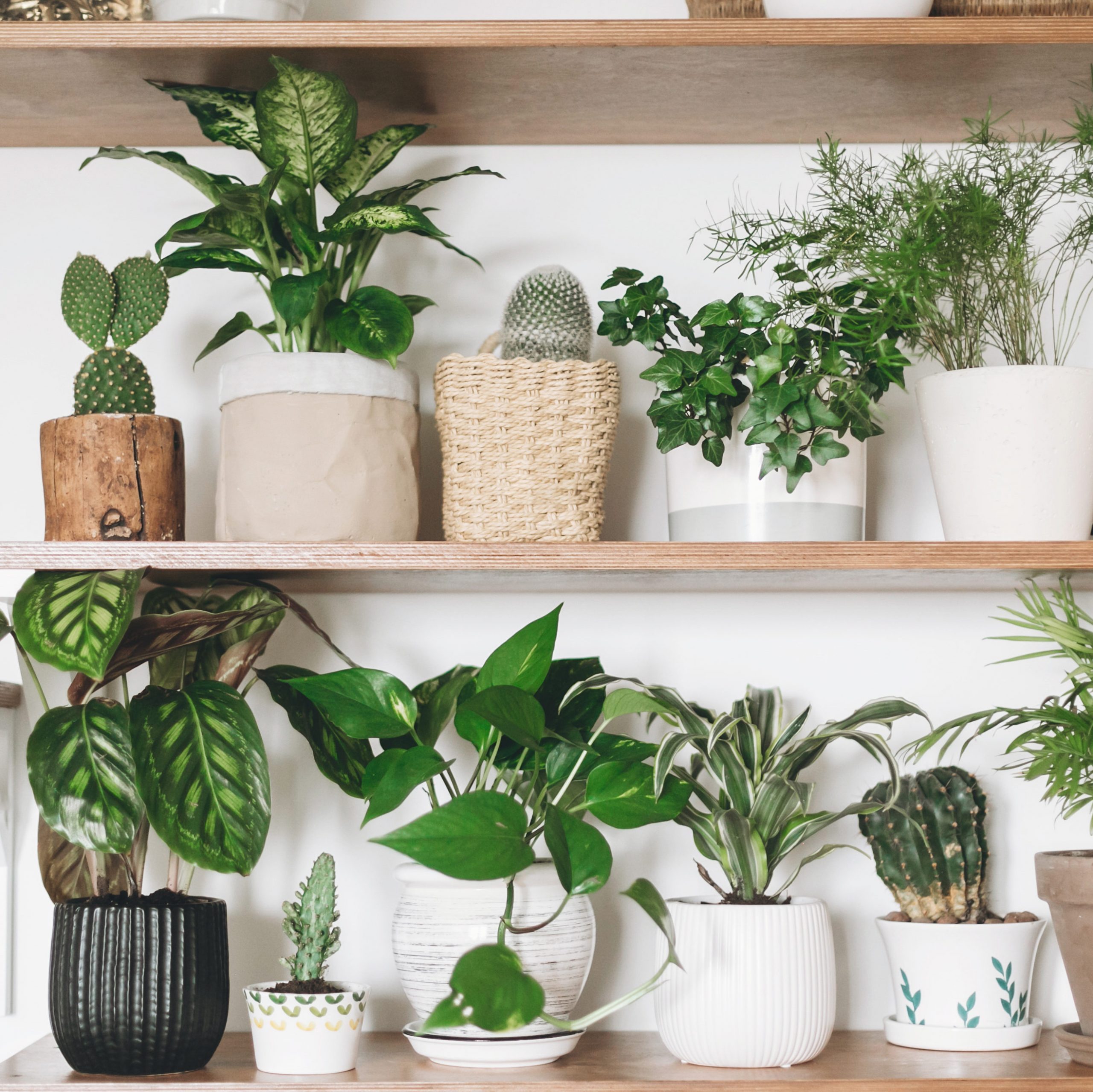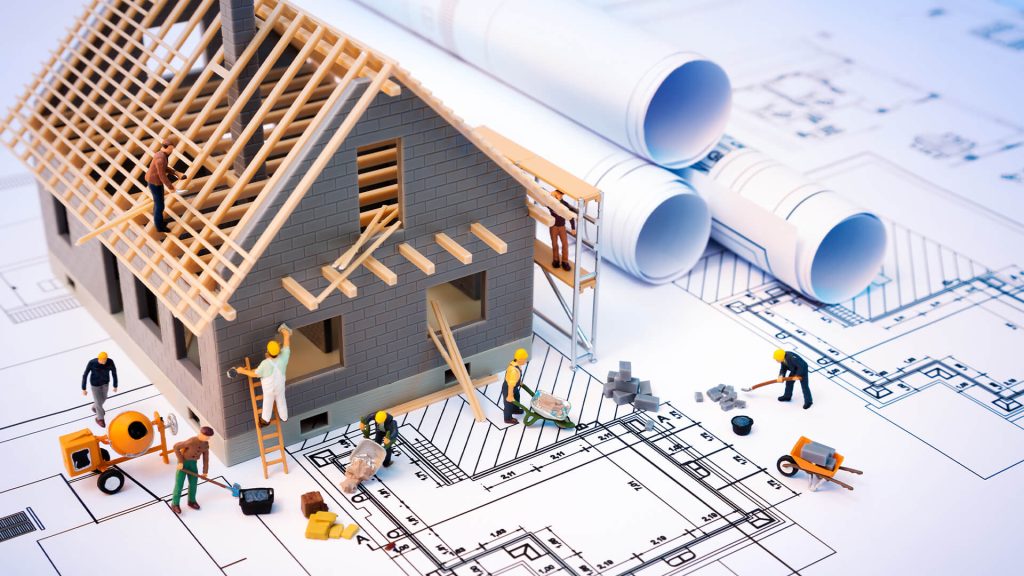Interior design is more than just arranging furniture or selecting colors; it is about creating a space that enhances the way you live, work, and relax. Expert interior design focuses on understanding your lifestyle, needs, and preferences, and transforming those into a space that not only looks beautiful but also functions efficiently and comfortably. Whether you are looking to make a small apartment feel more spacious, create a cozy, inviting atmosphere, or design an office that promotes productivity, a well-designed interior can significantly improve your daily life. The process of expert interior design begins with a deep understanding of your lifestyle. An experienced designer takes the time to learn about how you use your space, your routines, and what makes you feel at ease. This personalized approach ensures that every element, from furniture choices to layout, lighting, and color schemes, is tailored to your unique needs. For example, a family with young children might require durable, easy-to-clean surfaces and functional storage solutions, while a single professional might prioritize a stylish, minimalistic aesthetic with efficient use of space.
One key aspect of expert interior design is balancing form and function. Beautiful aesthetics are important, but they should never come at the cost of practicality. A well-designed space should serve its purpose seamlessly, whether it is providing enough storage, allowing for smooth traffic flow, or incorporating technology and lighting that enhances the environment. For instance, a designer might choose furniture that doubles as storage or select materials that are both stylish and easy to maintain, ensuring the space remains clutter-free and organized. Lighting is another crucial element in interior design that significantly impacts the ambiance of a room. A skilled designer knows how to layer different light sources, ambient, task, and accent, to create a welcoming atmosphere. Proper lighting can highlight 家居裝修設計 features, improve functionality, and even affect your mood. In living rooms, for example, a combination of soft overhead lighting, task lighting near reading areas, and accent lighting to draw attention to artwork or architectural features can transform the space. Color schemes also play a vital role in shaping the character of a room. Expert designers use color to evoke certain emotions or define different zones within a space.
Soft, neutral tones may be used to create a calm, serene environment in bedrooms, while bold, energizing colors might be employed in home offices or creative spaces to stimulate focus and creativity. The choice of colors is not just about personal preference, but also about how they interact with the room’s size, light, and purpose. Incorporating texture and materials adds another layer of depth to the design. Textures, such as plush fabrics, sleek metals, or natural wood finishes, contribute to a room’s tactile experience and visual interest. A designer will combine various textures to add richness, ensuring the space feels inviting and balanced. Similarly, the selection of materials, whether it is for flooring, furniture, or accessories, is done with an eye for durability and cohesiveness. Ultimately, expert interior design is about creating a harmonious environment that resonates with your personality and lifestyle while offering comfort, functionality, and beauty. By thoughtfully considering every element, from layout to color to lighting, a skilled designer can transform your space into one that feels truly yours, enhancing your life in ways you might not have imagined.





